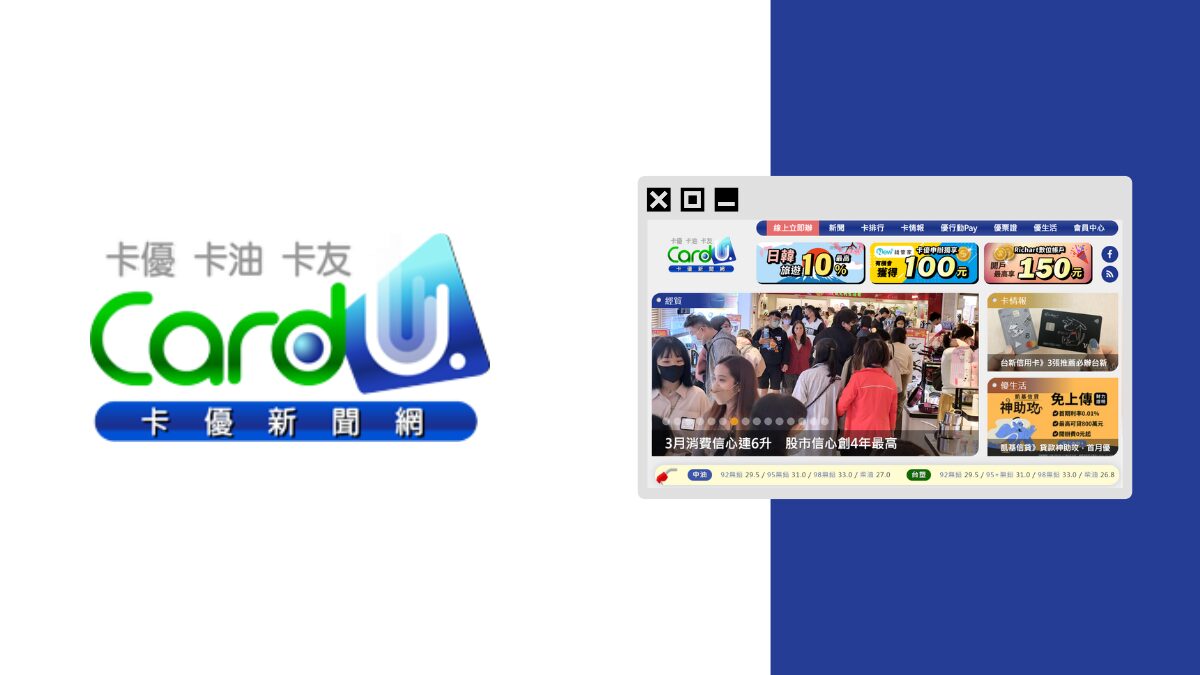
You have done a great job. One of the hardest parts of email marketing is building your list and you are stacking them up with your list building efforts. But are all of those new signups of the quality you wanted? Do the new subscribers really want to receive your emailings? Well it’s easy to monitor, they can unsubscribe whenever they want…. Ah, if only it was that simple.
The emotional unsubscribe is a much lazier form of unsubscribing. If your reader unsubscribes emotionally it will begin with non-opens and the accompanying lack of activity (i.e. click-throughs). Your email will end up in a mail folder seldom checked or worse flagged by the user with the spam button. And all of this before they might search for an official unsubscribe.
The First Few Days
So how do we make sure a subscriber doesn’t emotionally unsubscribe? It might seem simple: send emails with value. Emails that are useful to the recipient, that they enjoy receiving and are correctly timed. But the subscriber might make up their mind to ignore you before you’ve had the chance to prove that value. So the first thing is to get them through the first few days without (emotionally) unsubscribing.
Directly Fulfill Your Promises
Managing expectations is the most important thing you can do in the subscription process. This is not only about stating how often they will be mailed but also about what your content is going to be. One thing you can do is draft a (bulleted) list with the primary benefits of subscribing to the newsletter. This both “sells the subscription” and sets the expectations. An example for a fashion retailer might be:
- Get the latest fashion and style tips
- Exclusive invitations to members only shopping nights
- Discounts & deals in your mailbox
The thing is to follow through on those promises and as you don’t always have time to prove your value, it’s good to show it fast. So you might want to send one of those (tip, invitation, discount) already in a welcome email, sent immediately after subscription. Or make it even more direct and give it on the “thank you” page once they have submitted the signup form.
Clear Signup to Avoid Uncertainty
Another thing to do is to make the actual signup form crystal clear. Especially if the signup is attached to another action. Another action? Yes, you might have seen these checkboxes for newsletter signups on (customer) registration forms when downloading a white paper, customer support contact forms or with co-registration (when someone signs up to your newsletter via another website). In those cases it is especially important to be clear in wording: What are they signing up for?
You can insert an empty check box that allows users to choose if they want to receive the newsletter. But other, less clear variants include checkboxes with the following texts next to them:
- Check this box if you don’t want to receive our newsletter
- Uncheck this box if you don’t want to get our newsletter
The first two are just confusing, but the third one is particularly tricky. What are you really signing up for? Contact concerning products? Might it be that the moment you press send, a sales rep is calling you on your phone? Well if that is not what you are aiming for, be clearer. An uncertain subscription can lead to an immediate unsubscribe. And even if that phone call is what you are aiming for, it is best to state it outright or give the user the option to be contacted. It will save the sales team a lot of unnecessary and unpleasant calls.


